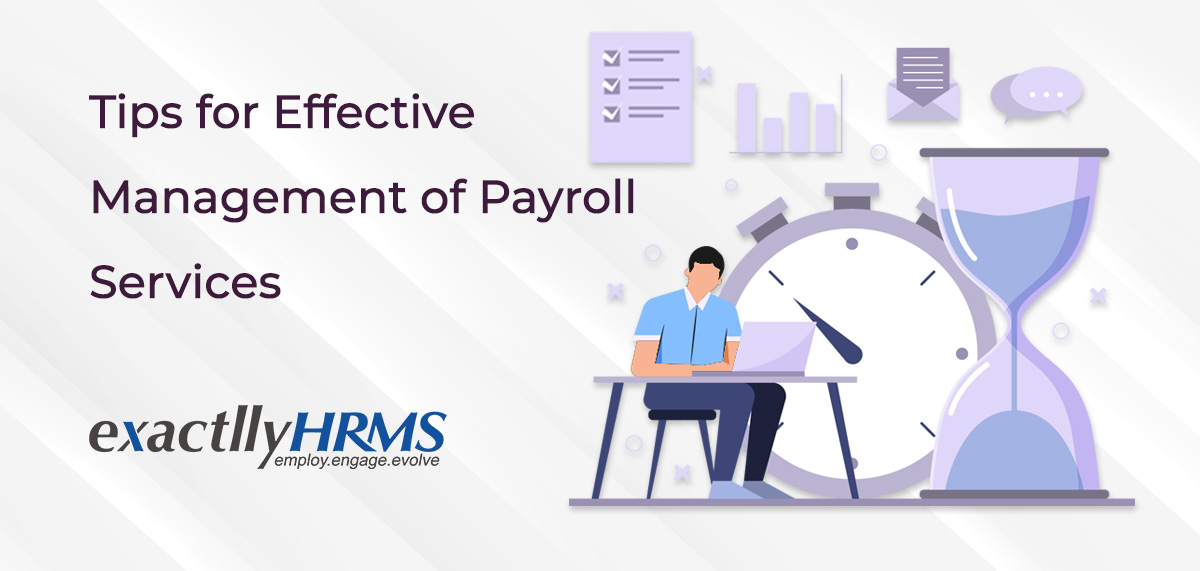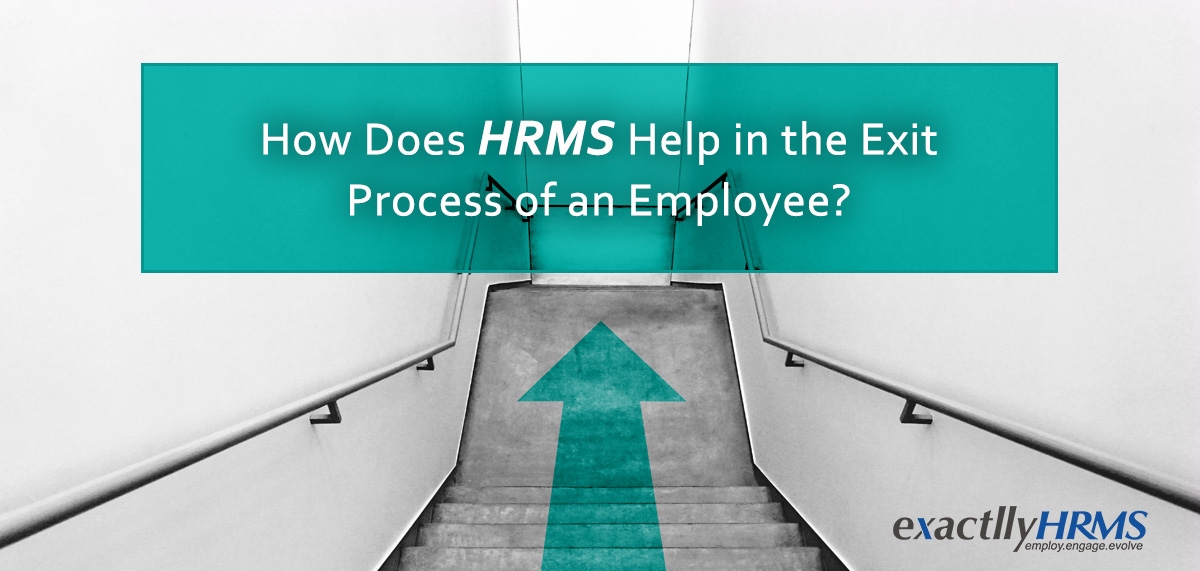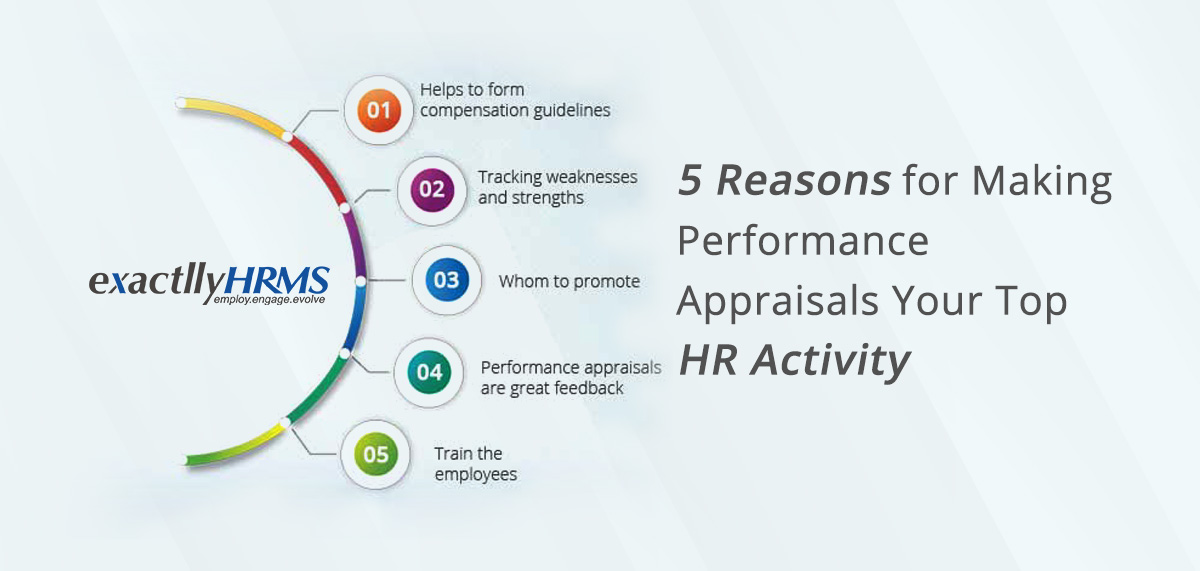Why Different Assessment Approaches Are Required While Hiring
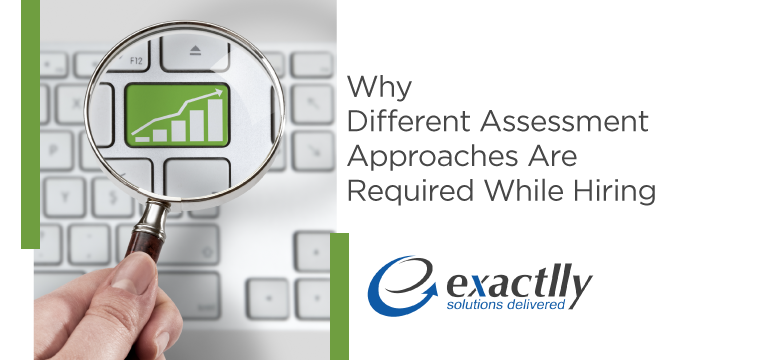
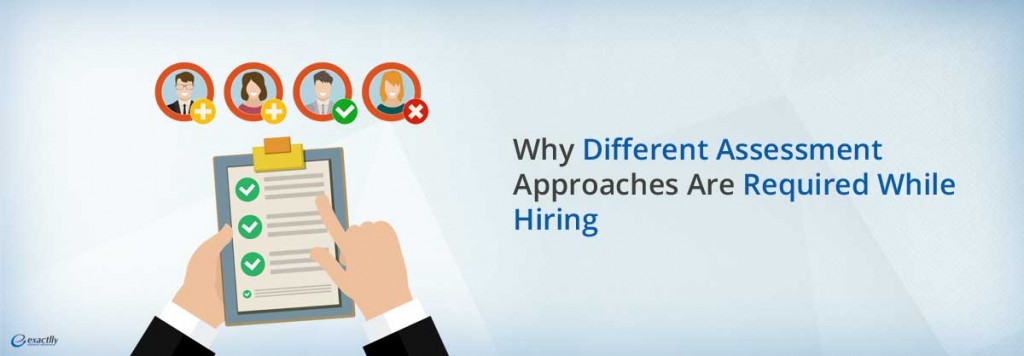 The role of HR managers has become critically important as a wrong hire can prove to be expensive to the company. HR managers should work with the managers of different departments while choosing a candidate and develop a suitable assessment method. Assessment methods should match with the qualification being assessed. Leading HRMS vendors provide a recruitment module that helps the organizations during the entire recruitment cycle from interview scheduling, maintaining applicant database to posting vacancies. But to use these tools, one must have a defined assessment approach.
The role of HR managers has become critically important as a wrong hire can prove to be expensive to the company. HR managers should work with the managers of different departments while choosing a candidate and develop a suitable assessment method. Assessment methods should match with the qualification being assessed. Leading HRMS vendors provide a recruitment module that helps the organizations during the entire recruitment cycle from interview scheduling, maintaining applicant database to posting vacancies. But to use these tools, one must have a defined assessment approach.
Assessment is an ongoing process and evolves with experience of hiring. Before a company sets on hiring employees, it must clearly chart out the assessment approaches to be followed. It saves time and cost of the company and ensures that the most suitable candidate is hired for a position.
Assessment tools to see employee suitability
The type and number of assessment tools can be decided depending upon the requirements of the job. Some of the common tools employed by HR personnel are interview, experience, situational exercise, written test, and reference check.
Ask a lot of questions during interview and maximize the interaction level with the candidate. You can conduct a series of interview through a screening process. Ask the candidate about his accomplishments and challenges faced. Pose a situation the candidate is likely to face during his work and expect a solution from him. If the job involves a lot of written communication via emails, conduct a written test of the candidate in the official language of your company to test the writing abilities. Of course, a good HRMS tool will help you to not only come up with assessment questions but also enter the assessment reports in detailed sheets.
Assessment of the position: Skill-set, work culture, and work style
Every position in the organization has a different skill-set. Identify the skill-set required for the position. Look for the level of training, expertise and certification (if any) attained by the candidate.
Identify work culture in your organization before finding a suitable candidate. Always use it as a reference for future hires. Work culture can be identified by interacting with your senior employees, considering the best practices followed in the organization, and the way to success. Identifying the level of liberalism provided to the employees and how employees address and interact with each other. A personality test can be conducted to measure behavior style of the candidate. An ideal personality type should be chosen to suit a particular role.
You must also identify the working style required for the position using HRMS data. Does the position require an authoritative or a democratic approach? Does every task involve written communication or verbal communication is enough? Are most of the meetings formal or informal?
Self reporting
Self-reporting is a reverse assessment approach. Here the focus is more towards the candidate who is taking up the job. The candidate decides whether he is suitable for the position offered. To facilitate a self-reporting assessment approach, HR managers should clearly mention the job description. If there are other responsibilities beyond regular job, they should be mentioned as well. The organization should state explicitly whether the role requires a lot of communication and interaction with fellow employees or it is a restrained role. The candidate should be fully aware of the work culture in organization to avoid cultural shocks at a later stage.
Looking forward
Following a two-pronged approach, both from the organizational and the candidate’s point of view will definitely result in hiring the best fitting candidate for the organization. Moreover, HR managers and department managers should always work collaboratively to refine the assessment method. Using an HRMS will make these assessment methods more methodical and scientific.



